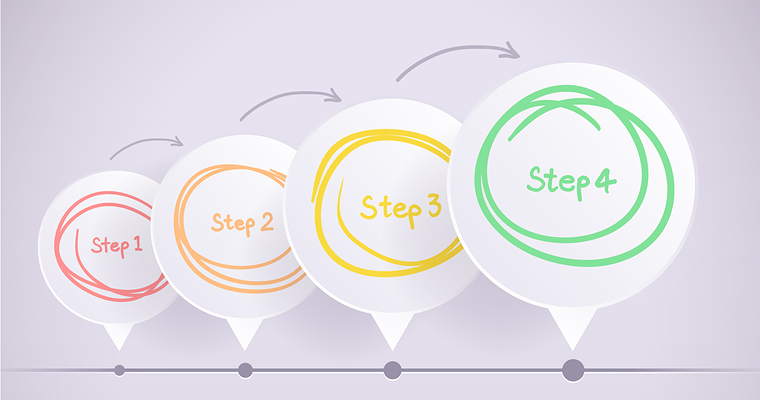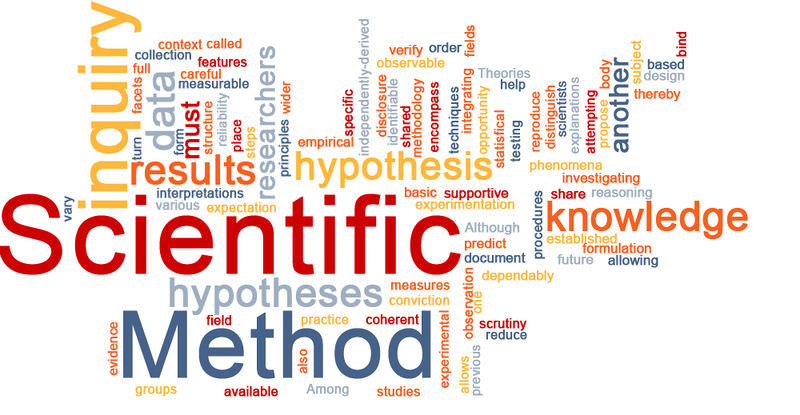Decision cycle is steps, which is based on a repeated basis which helps you to reach the best solutions. It is a process of actions which can help you to find out the best solution for your business or your daily life problems. In the decision cycle, there are a lot of steps available, you need to follow each step for the best result.
WHAT’S IN IT
What is the Decision Cycle?

Decision Cycle is a step of action used on a repeated basis, which helps you to make decisions and solve problems. For taking decisions you have to follow some actions properly and then you have to make decisions. This whole process is called a decision cycle.
Every field has different kinds of decision cycles. All fields do not use a one specific decision cycle, so you need to understand which is your field and which decision cycle is fit for you for taking particular decisions.
Examples of Decision Cycle
(A) PDCA Cycle
PDCA this concept was first developed by The American statistician and physicist Walter Shewhart. Later William Deming developed this model by inspiring Walter Shewhart’s model.
PDCA stands for (Plan-Do-Check-Act). This is a four-step management process used for solving business problems or other management problems. This decision cycle is also known as the Deming Cycle, Shewhart cycle and PDSA (Plan-Do-Study-Act).
PDCA or PDSA is a step to help you to improve your product and services. It is a systematic decision cycle used by management and doing a test on different kinds of projects.
When to use PDCA Cycle
1. When starting a new improvement project
If you want to start a new project and don’t have any idea where to start? Then, following this cycle will help you to find the best route for your project.
2. Developing a new design for your product or service
If you want to develop your design of product or services then you can use this decision cycle.
3. For continual improvement
If you are doing continuous improvement for your business then use this decision cycle for best solutions.
4. Implement new changes
If you want to implement new changes then you can use this decision cycle for better results.
Steps of PDCA Cycle

1. Plan
This is the first step of the PDCA Cycle. In this step, first, you need to form a proper team which can help you to make a plan. After forming a team now you need to identify the problem with the help of your other teammates and you have to understand the problem.
After understanding the problem, now you need to identify the potential root cause of that problem. You also need to develop hypotheses about issues.
2. Do
In this second step, you have to describe the solution and also have to try that solution on a small basis on a pilot project and you have to also measure what result comes from that. While doing a test on a pilot project you also have to understand what is useful and what is unuseful for your main project.
3. Check
In this step, you have to study the result, which comes from your pilot project. You also have to measure the effectiveness of your result. You can also communicate with other teammates and get feedback from them for better results.
4. Act
In this stage, you have to take action with your solution. If your solution was successful then you can implement it, but if your solution is not effective then you can again use the PDCA decision cycle.
(B) OODA Loop Decision Model

OODA loop is a decision-making process of human reaction time. Full form of OODA is Observe, Orient, Decide, and Act. The OODA loop method is created by Air force retired Colonel John Boyd. he uses this method when he is on his mission of aerial combat and it helps him to make decisions. This technique is mostly used by militants.
Steps of the OODA Loop decision model
1. Observe
Now in the first step, you have to observe, what is happening? Observe the whole area and to understand what’s going on. Observation is a key point in this process. From observing, you can easily identify the problem and understand the whole environment.
Basically, in observation, you need to see trouble before it. Colonel John Boyd also saw trouble before it formed.
2. Orient
After observing there are lots of options open in front of you. In this step, we have to decide if we are going to do something and why we are going to do it. In this step, you have collected a lot of options.
3. Decide
In this stage, you have to decide the best option, which can solve your problem or you have to identify the best reaction which can help you.
4. Act
After choosing your best option now you have to act on that. If it does not work properly then again start from observing and use this decision cycle again.
Example of the OODA Loop Decision Model
Imagine if you are at home and watching a horror movie and suddenly a noise comes from somewhere. Now in this situation, you first look around and observe your room. Now lots of thoughts come to your mind like, a dog is surrounded outside or it’s just wind or it’s just an illusion. After considering all thoughts you decided to see what sound actually is, so you go to the window and check there, then you find out it is the wind which makes noise.
(C) Herbert Simon Decision Making Model
According to the Herbert Simon Decision model, there are 3 ways to solve a problem which is Intelligence, Design, and Choice. For making a good decision these 3 steps can help you to solve problems. This is also the best decision cycle for you to taking your decisions.
Steps of Herbert Simon Decision Model
1. Intelligence
The first step of the Herbert Simon Model is intelligence. In this stage, you need to understand the problem. Means which problem do want to make a decision. In this stage, you also have to collect information regarding problems.
2. Design
In this stage, you have to identify how many possible solutions you have to solve this problem and select them. In short, if a problem is raised and you find out 5 best options for solving this problem from the whole information then only select those options.
3. Choice
The choice is the third and last stage of this model. In this last stage, you have to select the best choice for your problem and implement it. Means out of the 5 you have to select the best option which can solve your problem.
Example of Herbert Simon Decision Model
If you are the manager of a manufacturing department and there is water leakage, it will happen in the pipe. Now using this model first you understand your problem and that is leakage. after collecting information we understand that there are 4 solutions available for this, 1. Use gum for leakages and fix it. 2. Change the whole pipe. 3. Put the bucket under the pipe 4. Switch off the water supply.
Now we choose the 1st option which is to use gum and fix the leakage, in the 2nd option it is very costly to change the whole pipe, the 3rd option is a temporary solution and water is the most important part for manufacturing so the 4th option is also not fair for us.
(D) Scientific Method

This method is used by scientists for making decisions. The scientific method is also done in 4 stages which is Observation-Hypothesis-Experiment-Evaluation.
The scientific method gives proper knowledge, which helps you to make decisions. In the scientific method, you have to do lots of experiments and have to identify which is the best solution for your problem and apply them. This is a very long process of decision making, because in this process you have to do lots of experiments, and you also have to present hypotheses.
Steps of the scientific method
1. Observations
In this first stage, you have to observe which problem you want to solve. Means, on which topic you have to want to do research. Then you have to collect all the information about that problem. You can also study the previous report to understand the whole information.
2. Hypotheses
After collecting all information you have to analyse what is happening after using this information or what happened when we use another information or what result comes when we use all information or what happened when we use another research technique. You have to make predictions about the results in different kinds of scenarios.
3. Experiment
Now you have a lot of scenarios, so then use every single scenario and experiment them and to analyse what result happened. This is a very long process that takes a lot of time for research.
4. Evaluation
The last stage of this process is evaluation. After experimenting all scenarios you have to evaluate every scenario and choose the best one from that which can help you to solve the problem, if not a single scenario helps you then again start from observation and use this process again.
Conclusion
Decision making is a process which helps us to find out the best option for our problems. The decision cycle is steps of action to reach the best way. There are lots of decision-making models in the world which can help you to solve problems. You have to understand which model is useful for your field or for you to make decisions. So, understand every model of the business cycle and apply them in your life.
Also you can read our blog on Interrelationship diagram – Amazing Problem Solving Tool
FAQ’s
A decision cycle is basically a step of an option that helps you to make the best decision for your problem.
PDCA stands for Plan-Do-Check-Act.
OODA stands for, Observe-Orient-Decide-Act.
Intelligence-Design-Choice these 3 are steps of Herbert Simon Model.
Observation-Hypothesis-Experiment-Evaluation these 4 are the steps of the scientific method.
When you want to start a new improvement project or implement new changes or for continual improvement, that’s why we use the PDCA Cycle.



